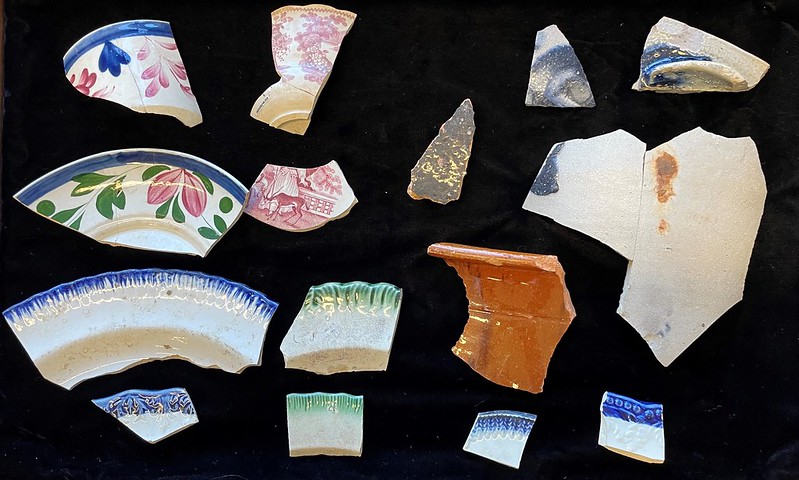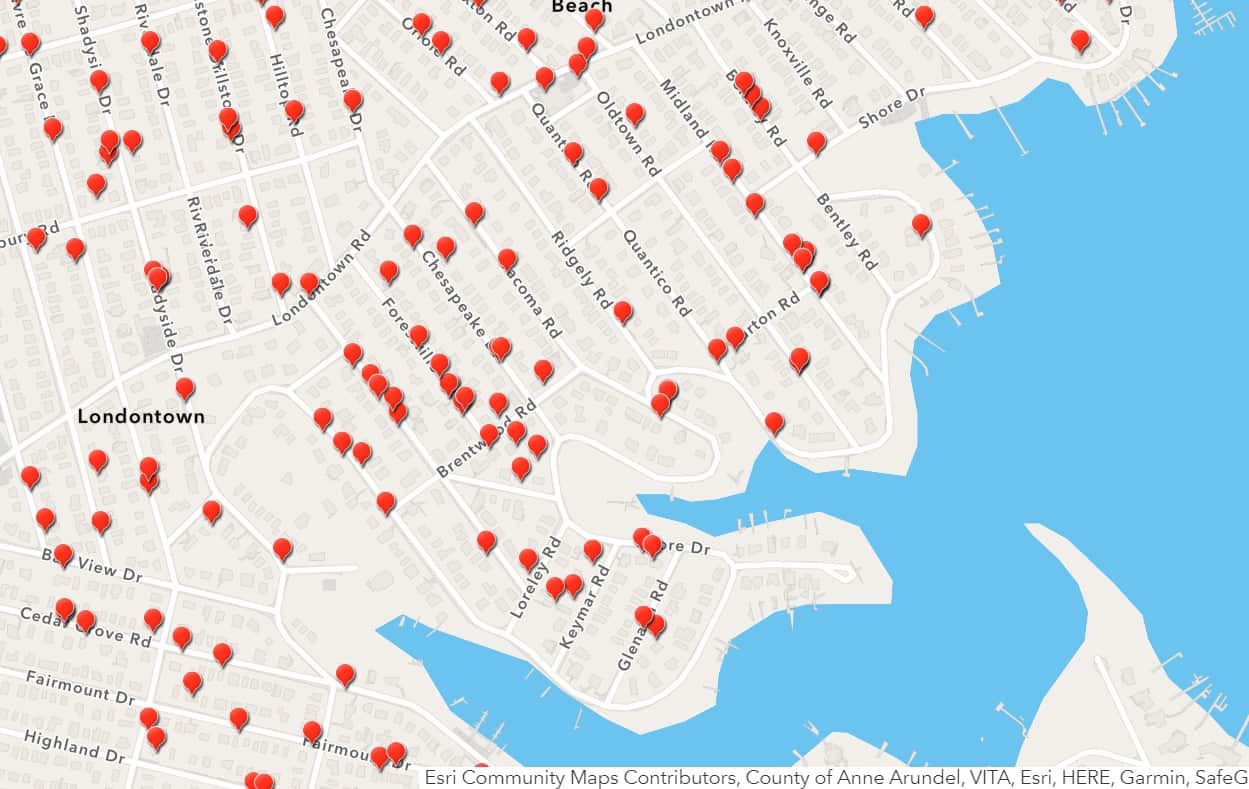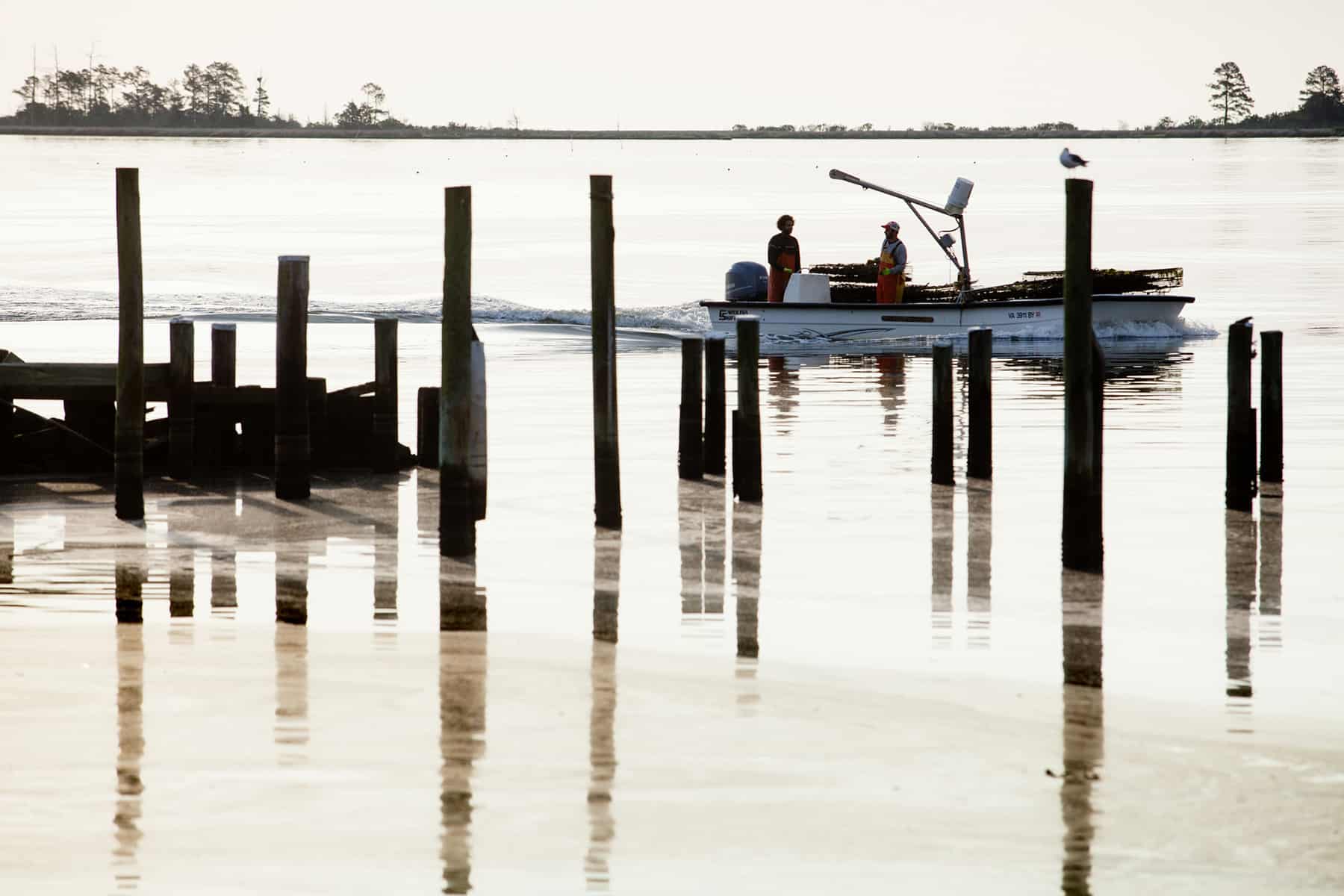Less than two years after archaeologists found the remains of Harriet Tubman’s father’s house in Dorchester County, Maryland, state leaders announce that a second home where enslaved people lived have been found on the same farmland.
The home’s brick building foundation was hidden below layers of soil. It is believed to be where an enslaved overseer, possibly by the name of Jerry Manokey, lived at Thompson Farm.
The farm was the birthplace of Harriet Tubman, famed leader who helped countless freedom seekers on the Underground Railroad. Maryland Department of Transportation Chief Archaeologist Dr. Julie Schablitsky and her team have been searching for the homes of those enslaved on the Thompson Farm for more than two years. The former farm lands are partly in Blackwater National Wildlife Refuge and partly on private property.
CBM was there when the home of Ben Ross was found in April 2021. In our July issue that year, we dug deeper into “Ben’s Ten”, the ten acres he was known to have owned, and how his story was crucial to Tubman’s nationwide influence.
At one time, more than 40 enslaved people lived on Thompson Farm. Governor Wes Moore traveled to Dorchester County to announce this latest find. “Harriet Tubman’s birthplace is sacred ground, and this discovery is part of our ongoing commitment to preserve the legacy of those who lived here,” said Governor Moore.
The house foundation revealed hundreds of artificants, including a West African spirit cache. Enslaved people would have placed it in front of the home’s fireplace to protect the people living there from negative spirits. It included a glass heart-shaped perfume bottle stopper, a white ceramic dish and a copper alloy button.
The ongoing work uncovering this part of Harriet Tubman’s story is a partnership between Maryland Department of Transportation, the Maryland Department of Natural Resources, the Maryland Department of Commerce, Dorchester County, the U.S. Department of Transportation Federal Highway Administration’s National Scenic Byways Program and the U.S. Department of Interior’s National Park Service and Fish and Wildlife Service.
The artifacts found will be put on display at the Harriet Tubman Underground Railroad Visitor Center, which, along with the Harriet Tubman Underground Railroad Byway, is a major draw for history-minded travelers.
“This discovery is further validation of why Maryland is ‘The Most Powerful Underground Railroad Storytelling Destination in the World,’ a distinction that builds on the remarkable history of our state,” said Maryland Commerce Acting Secretary Kevin A. Anderson. “Through her powerful legacy, Tubman inspires thousands to visit Maryland each year to learn more about her life here, and in turn, the money those visitors spend helps to create new opportunities for the people and businesses of Maryland’s Eastern Shore.”
The archaeology team will continue working on the Thompson Farm sites this spring and summer.
“Archaeologists are able to discover artifacts, each one representing a piece of a puzzle,” said Tina Wyatt, Harriet Tubman’s great-great-great-grandniece and Ben Ross’s great-great-great-great-granddaughter. “When gathered together, studied, and analyzed, we are then able to provide an important tangible experience, allowing a real-life connection between ancestors and descendants.”
-Meg Walburn Viviano




